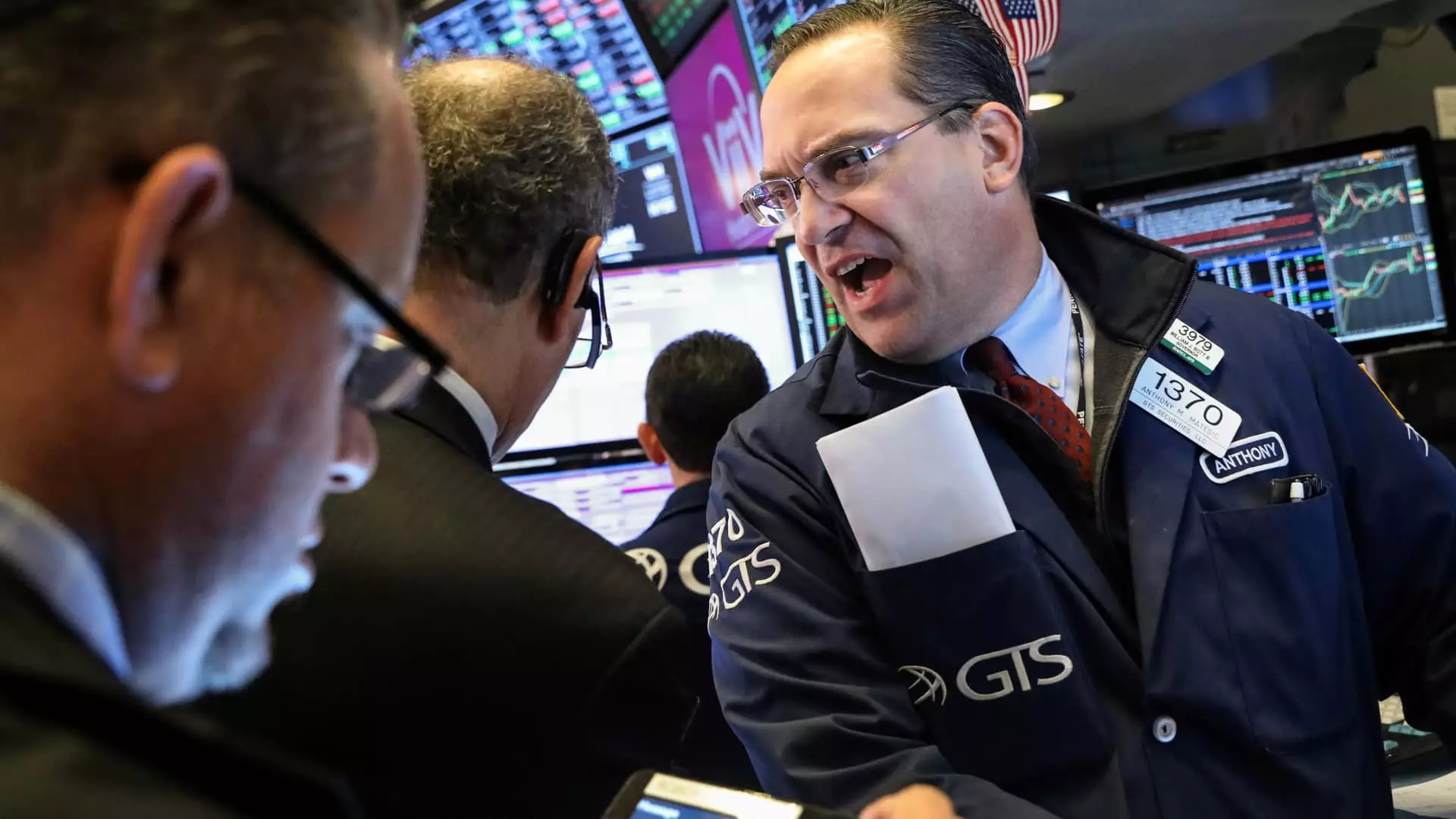As we navigate through the current state of the stock market, it is crucial to understand the key elements that have historically led to market crashes. Firstly, a bubble-like stock market is often a breeding ground for crashes. The Panic of 1907 and the crash of 1929 both followed significant rallies in the Dow Jones Industrial Average. More recently, the largest crash in history in 1987 occurred after a substantial increase in the S&P 500. This pattern suggests that a frothy stock market may set the stage for a potential crash.
The second element to consider is rising interest rates. When the Federal Reserve increased short-term interest rates in the early 2000s, it had a destabilizing effect on the market, making alternative investments like T-bills more attractive. This shift in interest rates can influence investor behavior and contribute to market instability.
Another factor to keep an eye on is the emergence of new financial instruments that introduce leverage into the financial system. From portfolio insurance in 1987 to mortgage-backed securities in 2008, these complex financial products have the potential to magnify market turbulence during downturns. It is essential to monitor the development and impact of these new financial tools.
The Role of Catalysts
Catalysts, whether financial, legal, or geopolitical, can also play a significant role in triggering a market crash. Events like the San Francisco earthquake in 1907 or turmoil in the euro zone in recent years have highlighted how external factors can influence market behavior. These catalysts can be unpredictable and have the potential to accelerate a market downturn.
As we assess the current market landscape, it is important to remain vigilant about potential catalysts that could spark a crisis. While it is impossible to predict with certainty when or how a crash may occur, understanding the role of catalysts can help investors prepare for unexpected market shifts.
Navigating Market Uncertainty
Amidst the uncertainty surrounding the possibility of a market crash, prudent investors should focus on sound investment principles. Diversification remains a key strategy for mitigating risk and preserving wealth during turbulent times. A balanced portfolio that includes a mix of assets can help cushion the impact of market fluctuations.
Furthermore, sticking to a long-term investment plan is essential. Market crashes, while disruptive, have historically presented buying opportunities for savvy investors. By maintaining a disciplined approach to investing and resisting the urge to time the market, investors can weather market storms and capitalize on recovery periods.
While the elements for a market crash may be aligning, it is critical for investors to remain cautious yet optimistic about the future of the stock market. By staying informed, diversifying their portfolios, and adhering to a well-thought-out investment strategy, investors can navigate market uncertainties with confidence and resilience. The stock market has shown resilience over time, and history has proven that it remains a valuable long-term investment vehicle despite occasional downturns.

Leave a Reply